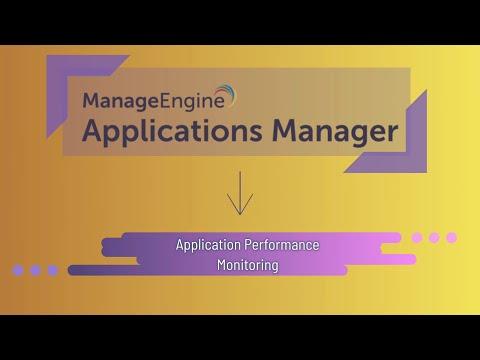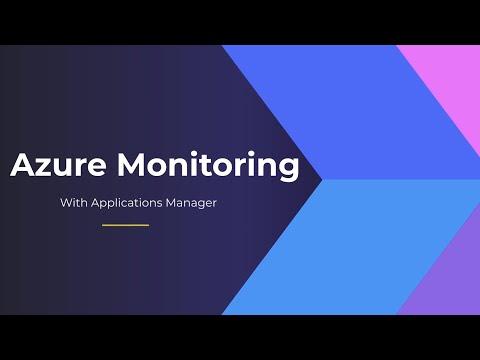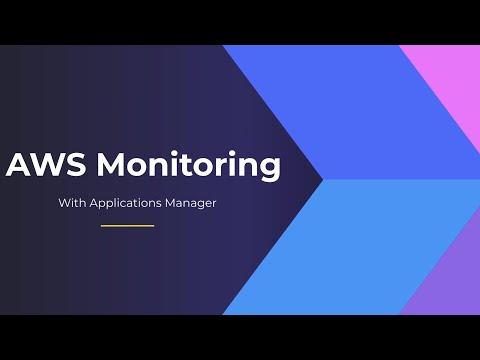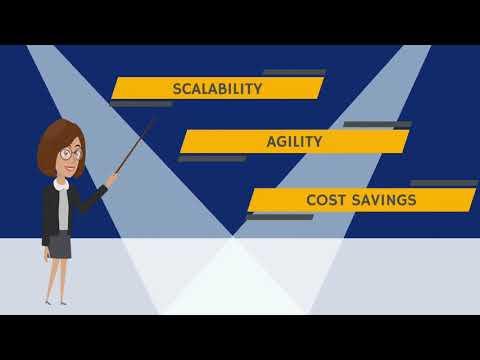In BSMdigest’s exclusive interview, Al Sargent, Sr. Product Marketing Manager at VMware, discusses the Business Service Management news coming out of VMworld, and the monitoring and management challenges of the cloud.
BSM: Many companies in the Business Service Management space are exhibiting at, making announcements at and attending VMworld. Why is VMworld such an important event for monitoring and management software companies?
AS: The reason is that VMworld has become the de-facto conference for modern datacenter management. It is more than just one vendor’s conference.
Two of the most important trends in datacenter management are virtualization and cloud computing. VMware is at the center of virtualization with Vsphere, but in addition to that, VMware’s new vFabric cloud application platform provides customers with a pragmatic and evolutionary path to cloud computing.
BSM: What announcements did VMware make at VMworld to address the monitoring and management needs of the market?
AS: The main announcement was around the introduction of vFabric, and how Hyperic supports the monitoring of cloud applications. One key goal for Hyperic going forward is to provide best-in-class monitoring of cloud applications, whether running on our vFabric cloud application platform or a platform from another vendor.
Fulfilling this goal entails the following three capabilities: support for dynamic architectures and elastic capacity; extreme scalability to collect all the performance data from all the VMs in the data center; and monitoring a large number of application infrastructure components.
BSM: You mention the massive amount of performance data. Why is there so much more performance data coming out of the cloud?
AS: Think about a data center with a thousand servers, which is actually a pretty small datacenter. If you are collecting 1,000 metrics on each one of those 1,000 virtual machines every minute, that is one million metrics per minute that needs to be processed. Even a midsized firm can hit this level of metrics data.
BSM: So one factor is the number of VMs. Is another factor that there are more metrics coming out of each application because of all the changes that are going on?
AS: Exactly. That is a really good point. Another thing is this inexorable march towards web applications that streamline business processes and therefore need to accommodate surges in the business cycle. Every industry has these cycles, and applications need to be architected to accommodate the surges in demand that accompany them. As the infrastructure scales up and scales down, that is going to mean more changes in your datacenter and that is going to mean that at the peak of those surges you are going to have a lot of VMs throwing off a lot of performance metrics, and your monitoring tool has to be able to accommodate that.
BSM: So is it just a matter of scalability? The ability to handle many more metrics?
There are three elements. One is the peak number of VMs. Second, it is the fact that the number of those VMs varies over time. And third is the fact that the stakes are so much higher. During these surge periods, if your application is slow or unavailable entirely, for every minute of performance problems you are going to have significant lost revenue.
BSM: What are the current monitoring technologies missing that do not allow them be able to handle this new environment?
AS: We are going to see more metrics collected more and more frequently. Believe it or not, there are many monitoring tools that think it’s perfectly acceptable to capture metrics every 10 minutes. That might have worked fine in the late 90s when those tools first came out, but today that will not cut it.
We are seeing a need for monitoring tools that monitor very frequently - as frequently as one minute or less. There are two big drivers for this. One is the fact that consumer software is driving the enterprise software innovation. Think of Twitter: users expect that when you post something to Twitter, it is immediately available to the world. Users today expect software to work in real time, and that expectation weaves its way into the requirements for monitoring tools and reporting metrics.
The second point goes back to surges in web application workloads due to business cycles. To accommodate those surges, you need to figure out how much you need to dynamically scale up your virtualized environment. Doing that confidently requires that you collect performance metrics very frequently.
Here’s an example: Let’s say you only spin up a new app server VM if you have four datapoints indicating that the app is running slowly, because you don’t want to spin up a new VM based on a single, possibly spurious data point. If you collect metrics once every 15 minutes – a common setting among legacy tools – it will be a whole hour before you spawn a new VM. No business can afford an entire hour of sluggishness in its critical apps. You can imagine the conversation that the business would have with IT.
But let’s say you collect metrics once a minute. In four minutes, you’ll have four datapoints, and can confidently spin up that new VM. IT responds quickly, and the business and customers are happy.
BSM: At VMworld, VMware announced that the introduction of the vFabric cloud application platform will drive IT as a service. Do you see vFabric helping users of the cloud move to a more business-centric view of IT service?
Yes, vFabric lets IT move in that direction. IT can start to scale infrastructure more quickly in response to the needs of the business, and that frees them up to understand more about the cycles of the business. For instance, if IT serves a retail business, they can think about the major shopping days during the holidays, and when they’ll need to ramp up their infrastructure during those shopping days.
About Al Sargent
Al Sargent, Sr. Product Marketing Manager at VMware, handles product marketing for Hyperic, VMware's application monitoring product. He has 15+ years of experience in product management and marketing, business development, sales, and engineering at VMware, Oracle, Mercury and startups such as Wily Technology.
Related Links:
The Latest
We're at a critical inflection point in the data landscape. In our recent survey of executive leaders in the data space — The State of Data Observability in 2024 — we found that while 92% of organizations now consider data reliability core to their strategy, most still struggle with fundamental visibility challenges ...
From the accelerating adoption of artificial intelligence (AI) and generative AI (GenAI) to the ongoing challenges of cost optimization and security, these IT leaders are navigating a complex and rapidly evolving landscape. Here's what you should know about the top priorities shaping the year ahead ...
In the heat of the holiday online shopping rush, retailers face persistent challenges such as increased web traffic or cyber threats that can lead to high-impact outages. With profit margins under high pressure, retailers are prioritizing strategic investments to help drive business value while improving the customer experience ...
In a fast-paced industry where customer service is a priority, the opportunity to use AI to personalize products and services, revolutionize delivery channels, and effectively manage peaks in demand such as Black Friday and Cyber Monday are vast. By leveraging AI to streamline demand forecasting, optimize inventory, personalize customer interactions, and adjust pricing, retailers can have a better handle on these stress points, and deliver a seamless digital experience ...
Broad proliferation of cloud infrastructure combined with continued support for remote workers is driving increased complexity and visibility challenges for network operations teams, according to new research conducted by Dimensional Research and sponsored by Broadcom ...
New research from ServiceNow and ThoughtLab reveals that less than 30% of banks feel their transformation efforts are meeting evolving customer digital needs. Additionally, 52% say they must revamp their strategy to counter competition from outside the sector. Adapting to these challenges isn't just about staying competitive — it's about staying in business ...
Leaders in the financial services sector are bullish on AI, with 95% of business and IT decision makers saying that AI is a top C-Suite priority, and 96% of respondents believing it provides their business a competitive advantage, according to Riverbed's Global AI and Digital Experience Survey ...
SLOs have long been a staple for DevOps teams to monitor the health of their applications and infrastructure ... Now, as digital trends have shifted, more and more teams are looking to adapt this model for the mobile environment. This, however, is not without its challenges ...
Modernizing IT infrastructure has become essential for organizations striving to remain competitive. This modernization extends beyond merely upgrading hardware or software; it involves strategically leveraging new technologies like AI and cloud computing to enhance operational efficiency, increase data accessibility, and improve the end-user experience ...
AI sure grew fast in popularity, but are AI apps any good? ... If companies are going to keep integrating AI applications into their tech stack at the rate they are, then they need to be aware of AI's limitations. More importantly, they need to evolve their testing regiment ...






